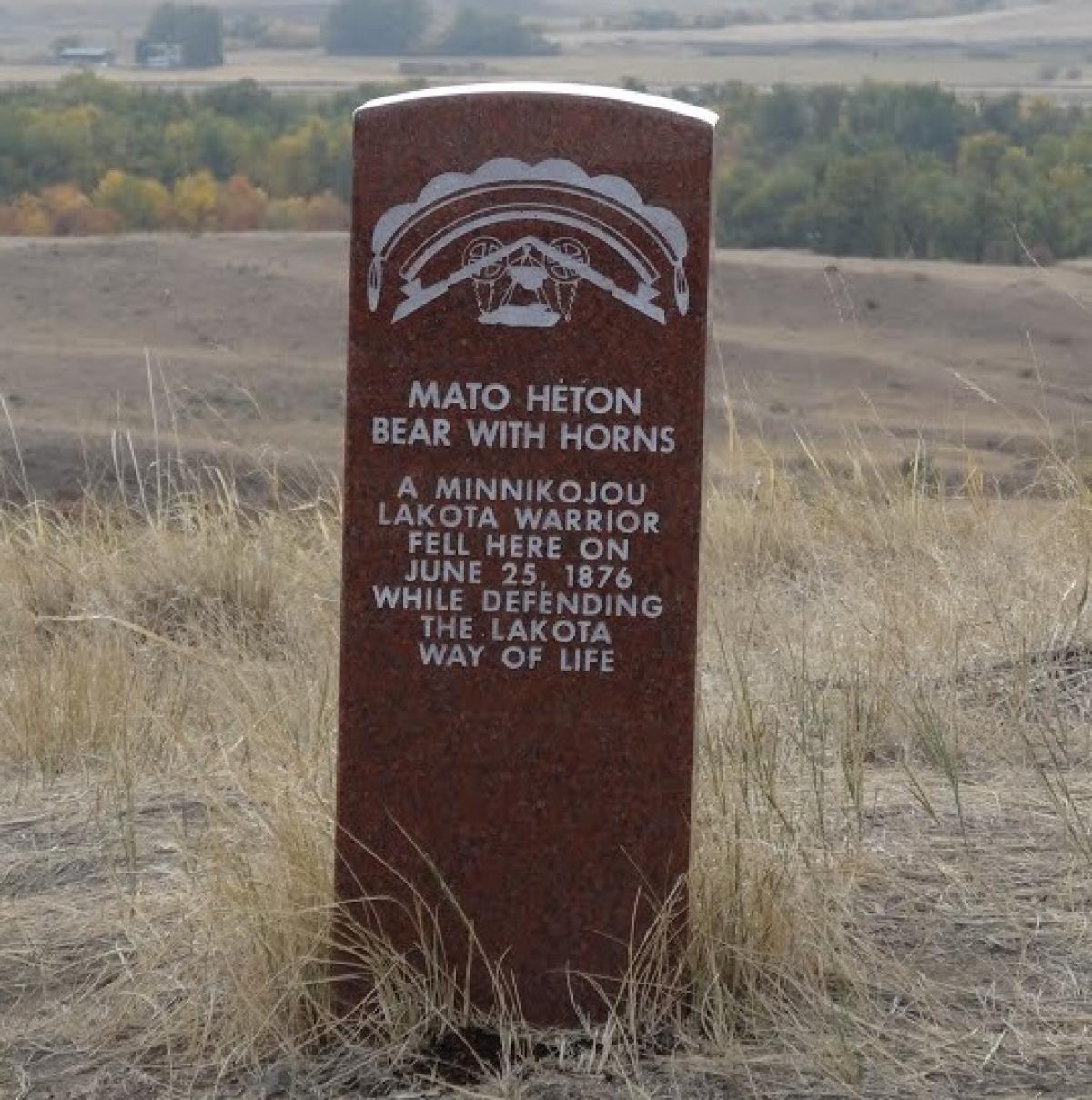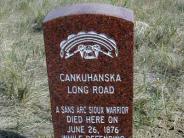- Our Community
- Community Overview City History Community Demographics Chamber of Commerce Events and Activities City Calendar City Parks On-Line Store Cemeteries Local Weather Photo Gallery
- Library School District Public Safety Emergency Management Police Fire ADA Compliance Americans with Disabilities Wall of Honor Wall of Honor
- Grove Regional Airport Grand Lake Association INTEGRIS Grove Hospital Har-Ber Village Lendonwood Garden Playmakers Theatre Cayuga Mission
- Doing Business
- Welcome Visitors
- Grand Lake Association Grove Area Chamber of Commerce Grove Regional Airport Playmakers Theatre
- Cayuga Mission Har-Ber Village Lendonwood Garden Grand River Dam Authority (GRDA)
- On-line Store Photo Gallery Events Where to Eat Where to Stay Where to Park in Downtown Grove Wolf Creek Park & Boating Facility
- Inside City Hall
- Contact City Hall Staff Directory Submit a Complaint or Comment City Code Comprehensive Plan Jobs - Equal Opportunity Employer Non-Discrimination Download Employment Application Submit Employment Application
- Agendas and Minutes City Council Boards and Committees Convention and Tourism Bureau Economic Development Authority Municipal Airport Authority Municipal Service Authority Planning and Zoning Board Zoning Board of Adjustments ADA Compliance Americans with Disabilities
- Departments Administration Airport Buildings and Grounds Community Development Economic Development Finance Fire Emergency Management Municipal Court Police Public Works Utility Services
- Helpful Resources
- Alerts and Notifications Email Subscriptions Events and Meetings Agendas and Minutes City Calendar In the News City News
- Contact the City Staff Directory Submit a Request or Concern Code Red Code Red Login Documents and Forms Documents and Reports Forms, Permits and Applications Maps
- Social Media City of Grove on Facebook Wolf Creek Park on Facebook Grove Animal Control on Facebook Frequently Asked Questions Frequently Used Numbers Helpful Links
Tribal, Cheyenne River Sioux (Minnikojou Lakota & Sans Arc Sioux)

CHEYENNE RIVER SIOUX TRIBES - The Sioux Nation is divided into four major groups, the Tetons, Santee, Yankton, and Yanktonai. The Cheyenne River Sioux are part of the Teton branch which comprises seven bands - the Oglala, Brulé, Hunkpapa, Miniconjou, Oohenonpa, Sans Arc or Itapzico, and Sihasapa (ENAT, 222-228). All seven of these bands refer to themselves as Lakota, "allies".
The Lakota of the Cheyenne River Sioux fly a white flag bearing a large tribal seal that stretches across nearly the entire length of the flag. The central element is a rainbow in red over yellow over blue, representing the Cheyenne River Sioux people themselves. Atop the rainbow curve six blue thunderclouds, for the region above the world where the thunderbirds, who control the four winds, live. The white-and-black eagle feathers hanging from the rainbow represent the spotted eagle, the protector of all Lakota. Two fused peace pipes symbolize unity: one for the Lakota, the other for all other Indian Nations. Two yellow hoops represent the Sacred Hoop that shall not be broken. In many Native American cultures, the Sacred Hoop symbolizes life on earth, and breaking the Sacred Hoop dooms the planet. The Sacred Calf Pipe Bundle in red represents Wakan Tanka, the Great Mystery (Letter, Arlene Thompson, Nov. 27, 1994). The flag contains the six colors sacred to the Lakota: red, white, yellow, and black for the races of man, blue for the heavens, and green for the Mother Earth.
The Cheyenne River Sioux are known as the "Keepers of the Most Sacred Calf Pipe", a gift to all the Lakota from the "White Buffalo Calf Maiden". The white buffalo is a sacred omen to the Sioux - portending great times for Native Peoples. A white buffalo calf born in Minnesota in 1994 brought joy and excitement to the Indians of the upper Plains.
The Sans Arc, or Itázipčho (Itazipcola, Hazipco - ‘Those who hunt without bows’) in Lakota, are a subdivision of the Lakota people. Sans Arc is the French translation of the Lakota name which means, "Without bows." The translator of Wooden Leg: A Warrior Who Fought Custer renders the name as Arrows all Gone. They live in the Cheyenne River Reservation.
The Lakȟóta people (pronounced [laˈkˣota]; also known as Teton, Thítȟuŋwaŋ ("prairie dwellers"), and Teton Sioux are part of a confederation of seven related Sioux tribes, the Očhéthi Šakówiŋ or seven council fires, and as such one of the indigenous peoples of the Great Plains of North America. They speak the Lakota language, the westernmost of the three Siouan language groups, occupying lands in both North and South Dakota.
Click any thumbnail image to view a slideshow


